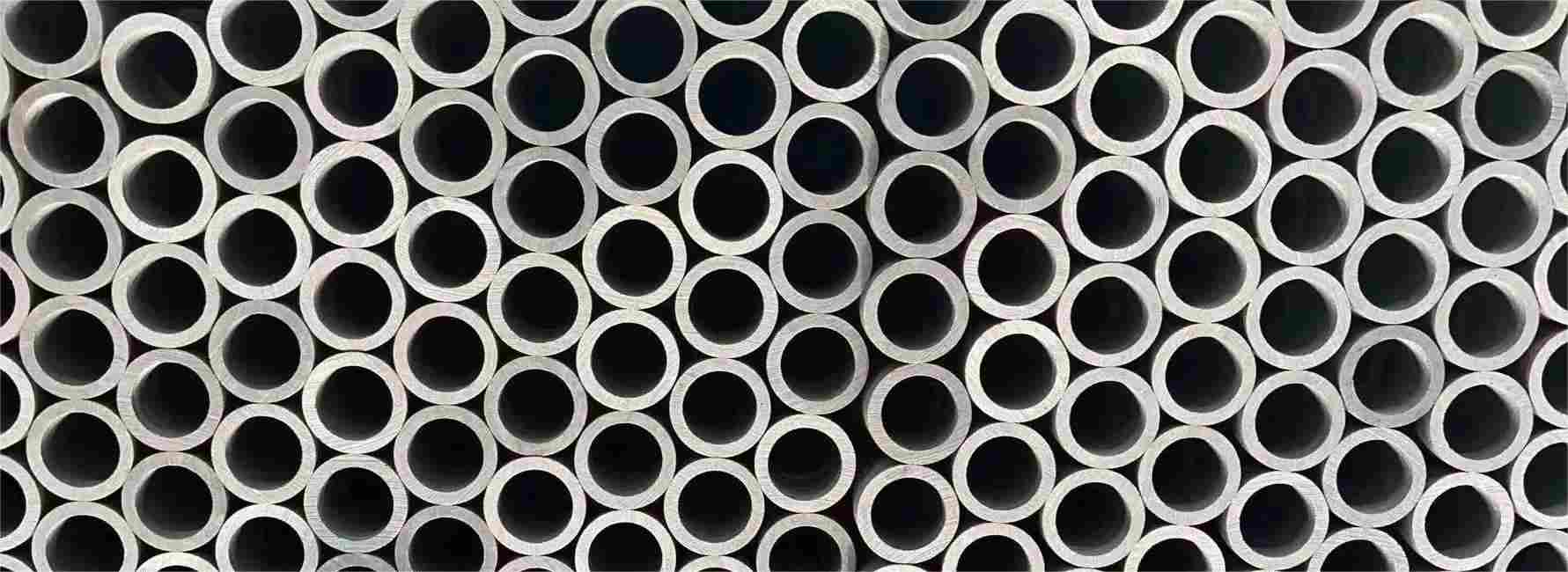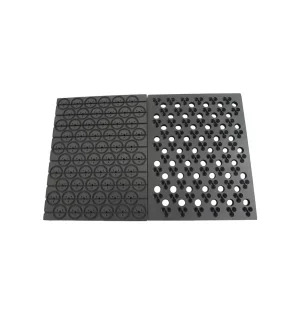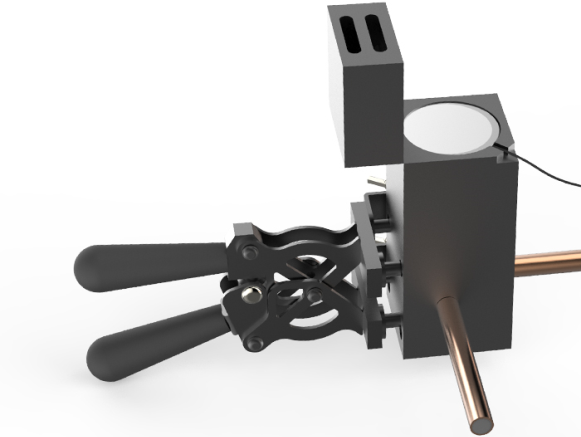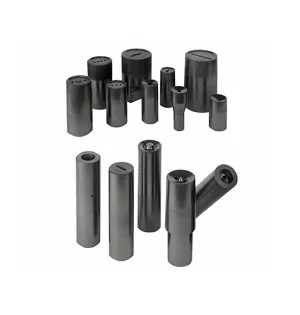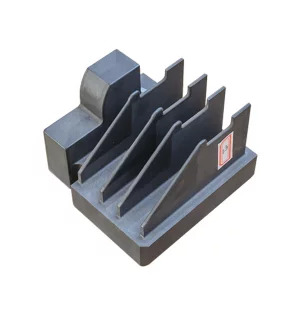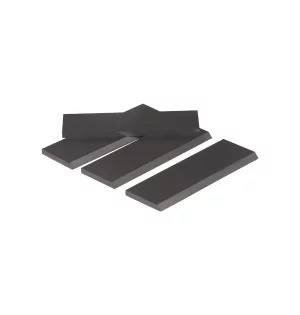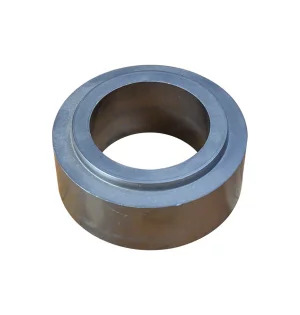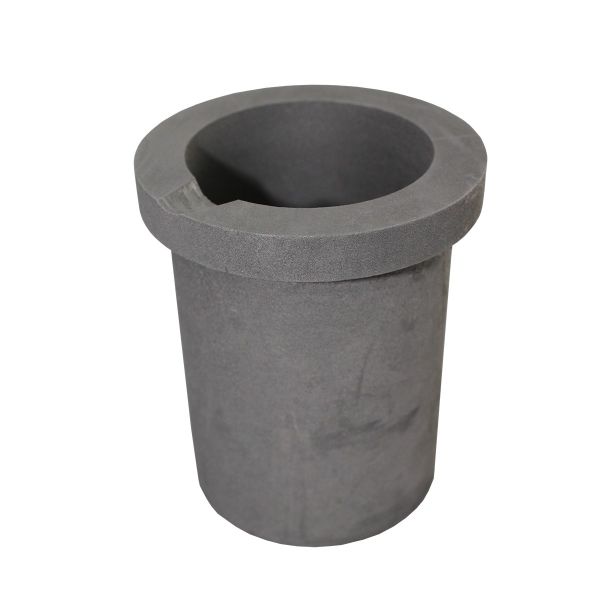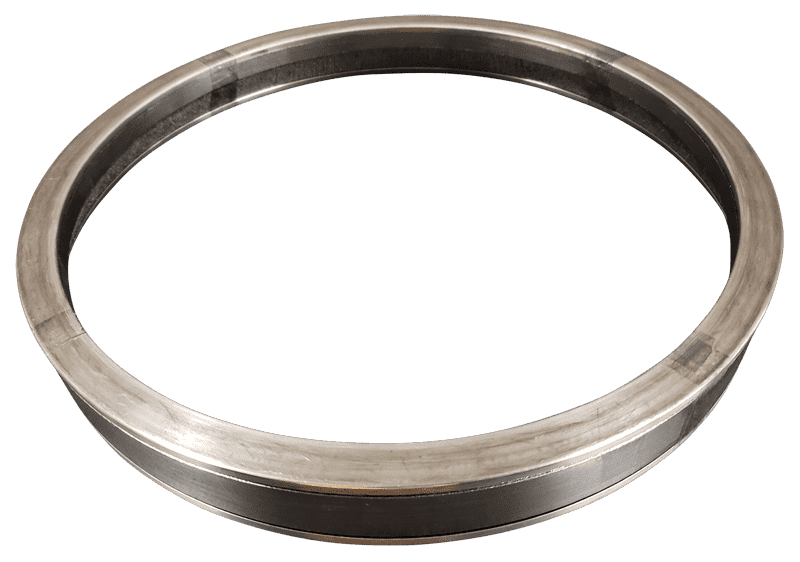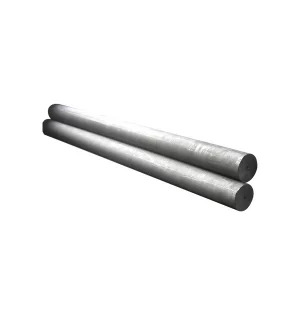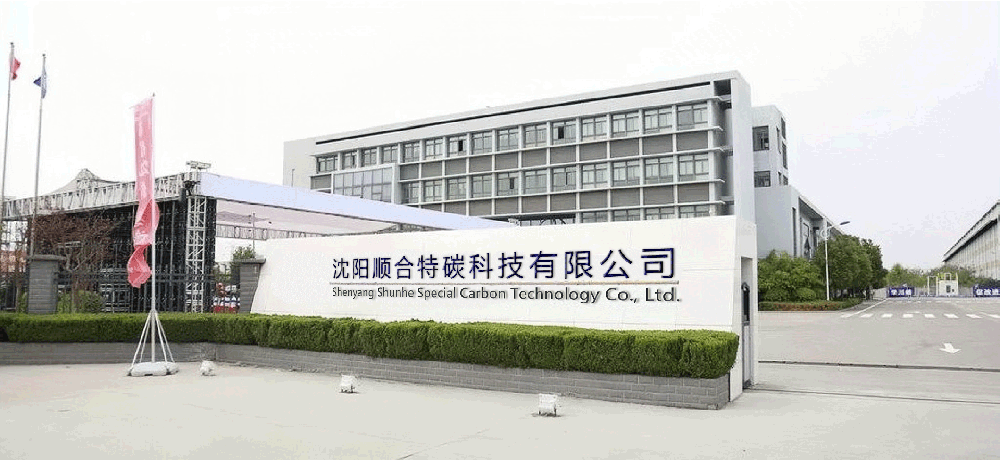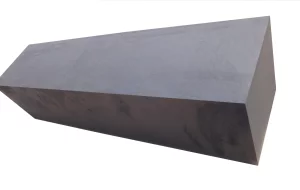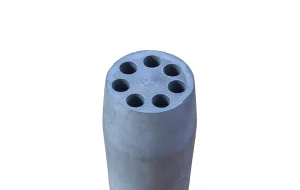Molds can be mainly categorized into three types: cold work dies, plastic molds, and die-casting molds. Each type has its specific focus beyond some common practices. For plastic molds, the use of quenched steel is preferable to pre-hardened steel as it offers a higher lifespan, good polishing characteristics, and strong retention of the polished surface, which significantly enhances the life and quality of the plastic mold. Die-casting molds should be made from mold steel that balances toughness, hot hardness, and high surface strength. Controlling the temperature difference on the surface of the mold cavity during the die-casting process can greatly improve the lifespan of the mold. As for cold work dies, such as stamping dies, selecting the appropriate mold steel according to the material being stamped is crucial. Choosing the wrong steel can lead to short service life and early failure.
To improve cold work dies, several aspects can be considered:
1. Select the appropriate mold steel material. It's especially important to choose the right mold steel based on the thickness and wear pattern of the material being stamped.
2. Improve the assembly precision of the punch and die.
3. Enhance the concentricity of the tooling.
4. Better the surface roughness of the punch and die.
5. Utilize cryogenic processes with high-precision, multi-station progressive dies or high-speed stamping dies to increase dimensional stability.
If toughness is not a consideration, the wear resistance of cold work tool steels can be ranked from high to low as follows: cemented carbide (tungsten carbide) is greater than powder metallurgical high-speed steel, which is greater than sprayed high-speed steel, which is greater than conventional smelted high-speed steel, which is greater than ordinary high-carbon, high-alloy cold work steel.


